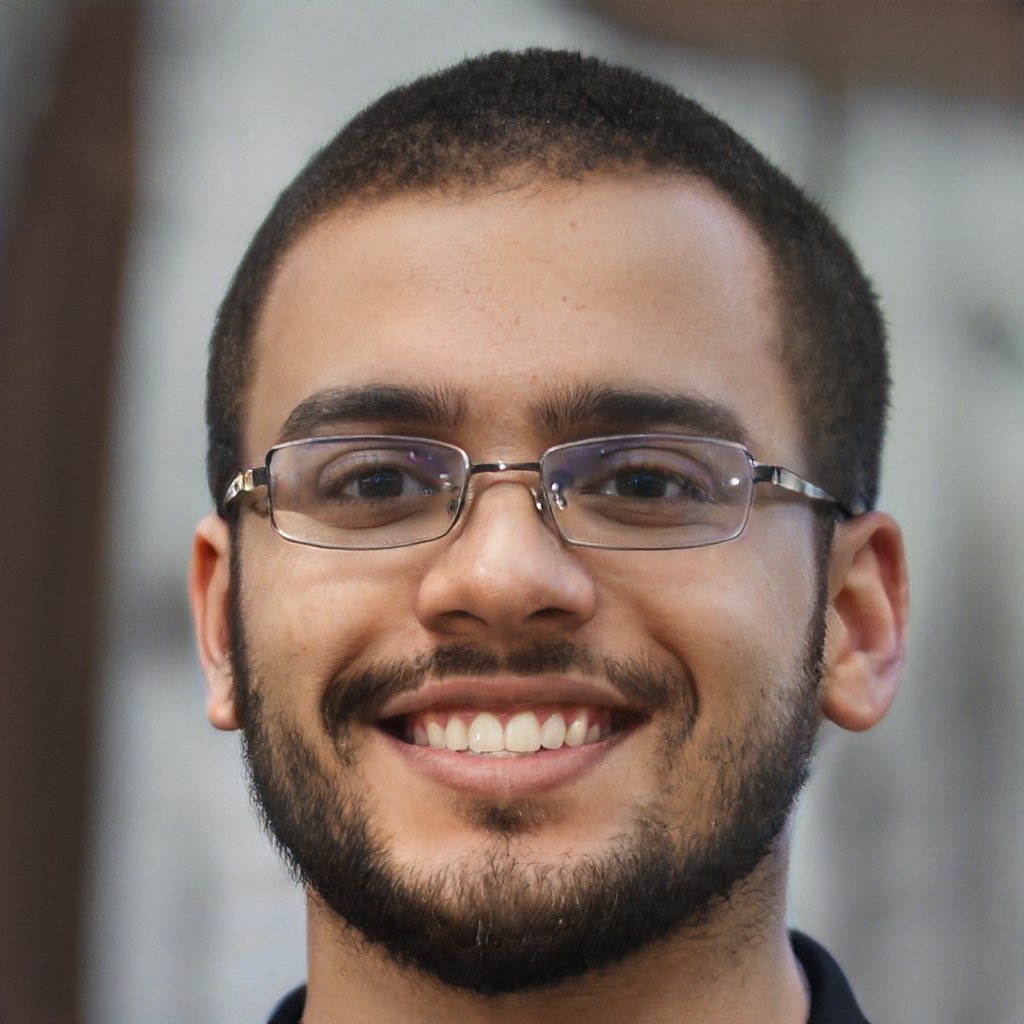Eyes are blue when kittens, then change to green or gold when several months old. Tail size can range from 2 inches to hock length when leg is extended. The head is pear-shaped and is considered to be the most important characteristic. In the spring of 1985, Carol Ann Brewer purchased near Mount Baker, Washington, a unique male cat with a spotted coat, a short tail, and polydactyl paws. In January 1986, she rescued another male cat named Keba, which was very large, had a bobbed tail, and was reported to have been sired by a bobcat.

Their chins have white fur, but often have black skin under the white fur. Some of their whiskers change from black (root – about 25%) to white (to the tip – about 75% of the whisker). Their bobcat-like fur pattern often has reddish tones mixed in. Most are short-haired, but some are long-haired. The brow should be heavy and the eyes should have a triangular shape.
HCM is hereditary in at least 50% of occurrences requiring annual ultrasound screens to continuously monitor the good health of the cats. Pixie-bobs are a fully domestic breed of cat selected and bred to resemble the North American bobcat. Led by Brewer, they succeeded in registering their new breed with The International Cat Association and eventually the American Cat Fancier’s Association . The Pixie-bob was accepted into the “Exhibition” category by TICA in 1993, promoted to “New Breed and Color” status in 1996 and eventually gained Championship status in 1998. Dystocia and cystic endometrial hyperplasia – A very small percentage of Pixie-bobs do suffer from delivery problems, and are removed from breeding.
Pixie-bob breeders use a disease database, Pawpeds, to ensure that health information can be recorded and monitored. Hypertrophic cardiomyopathy – Since the advent of the Pixie-bob breed in the 1980s, only a few cases have been reported. In some of those cases the Pixie-bob was cross-bred with other breeds of cats, such as Bengal and Maine Coon. In the majority of cases, HCM occurred spontaneously.

I am Kraig Wharton, a wildlife conservationist and a television personality. I am 30 years old. I was born and raised in the small town of Marion, Alabama. I have always had a love and respect for nature, which led me to pursue a career in wildlife conservation.
I have been very fortunate to have had the opportunity to travel all over the world, working with some of the most endangered species on the planet. My work has taken me to some of the most remote and dangerous places on earth, including war-torn countries such as Iraq and Afghanistan.
I am passionate about educating people about the importance of conserving our natural resources, and I am committed to doing whatever it takes to protect our planet for future generations.
